Are you web ready?
You’ve worked hard to get your business up and running now need a strong, authentic public profile – a website that will generate business, consolidate networks and build relationships.
Before embarking on the build or engaging a site designer, map out your site. Apart from giving your clients information about you: your mission, vision, services and most importantly, how to contact you, map out what your pages will be. These are your ‘nav elements’. What will be the top tier of pages: About, Services, Contact… What’s next in the hierarchy, ie, what pages could fit under these sections as ‘drop down menu’ items? Write a small amount of text for each to establish which issue needs an entire page to devote to it. You want to be thorough without being laboured or boring, succinct without being minimal.
Examine sites of your peers and competitors. Make a note of what you like and dislike. What areas they’re highlighting, what they may have missed that you can showcase. Make a note of their links and while researching these, note others that you find that are relevant. External links and links that will link back to you (service delivery listings, youtube, vimeo, social media networks) help with search engine ranking as well as increasing exposure potential). Internal links are also important. Consider how your pages will interact with each other as well as linking externally.With each new blog post and update of a page, you’re refreshing content and enabling more links within your site. These links are also rewarded by search engines. The greater preparation you do on your site before engaging a builder, the firmer is your control of the site build and the stronger the communication between you and the professional you’ve engaged.
Your branding arsenal: you need a logo that is useable in all formats: screen, print, large web banner, small business cards. You’ll need artwork in high resolution print format as well as screen ready jpegs and gifs. Your branding will be synonymous with your message, your colours identifiable as your business across all of these platforms.
If using images, ensure they are available to you for use. A good way of finding images is to include ‘creative commons’ in your google image search. If you find an image that’s not CC, contact the photographer to discuss terms of usage. Using images without copyright consent is not only poor practice, it could lead to litigation. There are good free image sites as well as sites that specialise in generic imagery for sale cheaply.
Consider video blogging and video testimonials. Video and audio enhance mobile site delivery in a way that wasn’t possible before smartphones and tablets, and people feel more connected to moving images especially when delivered in a clear and authentic way. Hosting video on youtube and vimeo gives you the opportunity of branding your message via dedicated personal channels, as well as giving you the weight of these web giants linking back to your site.
Keep your page names (the page ‘url’) commonsense and relevant. Seek strong performing keywords by imagining what search terms you would use to seek your services. With google keyword check (https://adwords.google.com/KeywordPlanner), you can then determine how many others are using such terms to seek the same. Work these keywords into the text you’ve prepared for each page. Noone knows your field of business like you do so even if you engage a specialist SEO and keyword manager, having done keyword searches yourself before you talk with them puts you in the driving seat.
Most important to remember is that a strong site is an authentic site, that’s regularly maintained and updated. Keep an eye on other sites in your field for ideas, changes and comparison, while keeping your own message and branding personal and true.
Love Communications can help you get from web ready to web optimised and business booming. We have ready made packs to get you started, or talk to us about your needs. Contact us today.
 EMAIL
EMAIL CALL
CALL